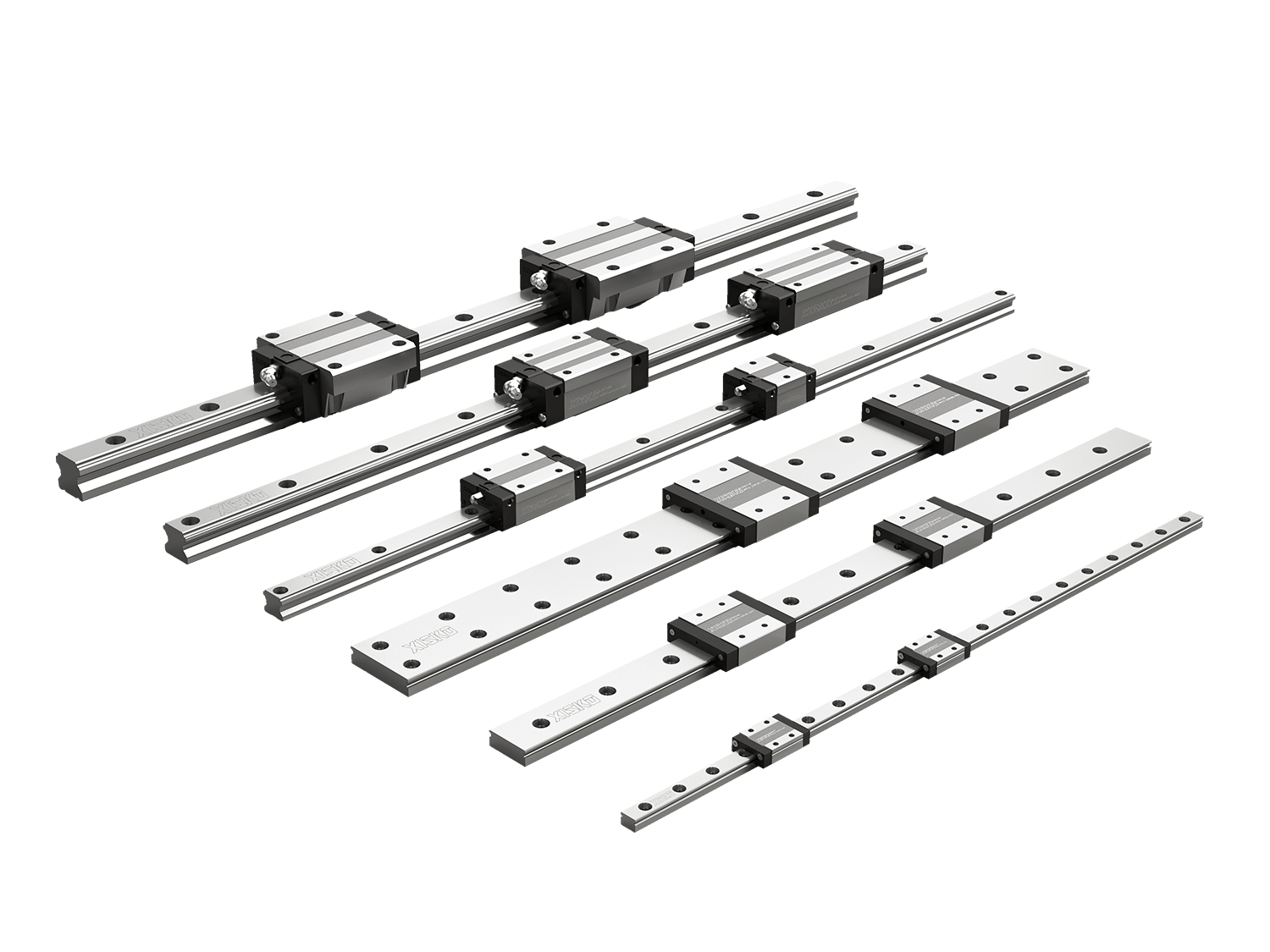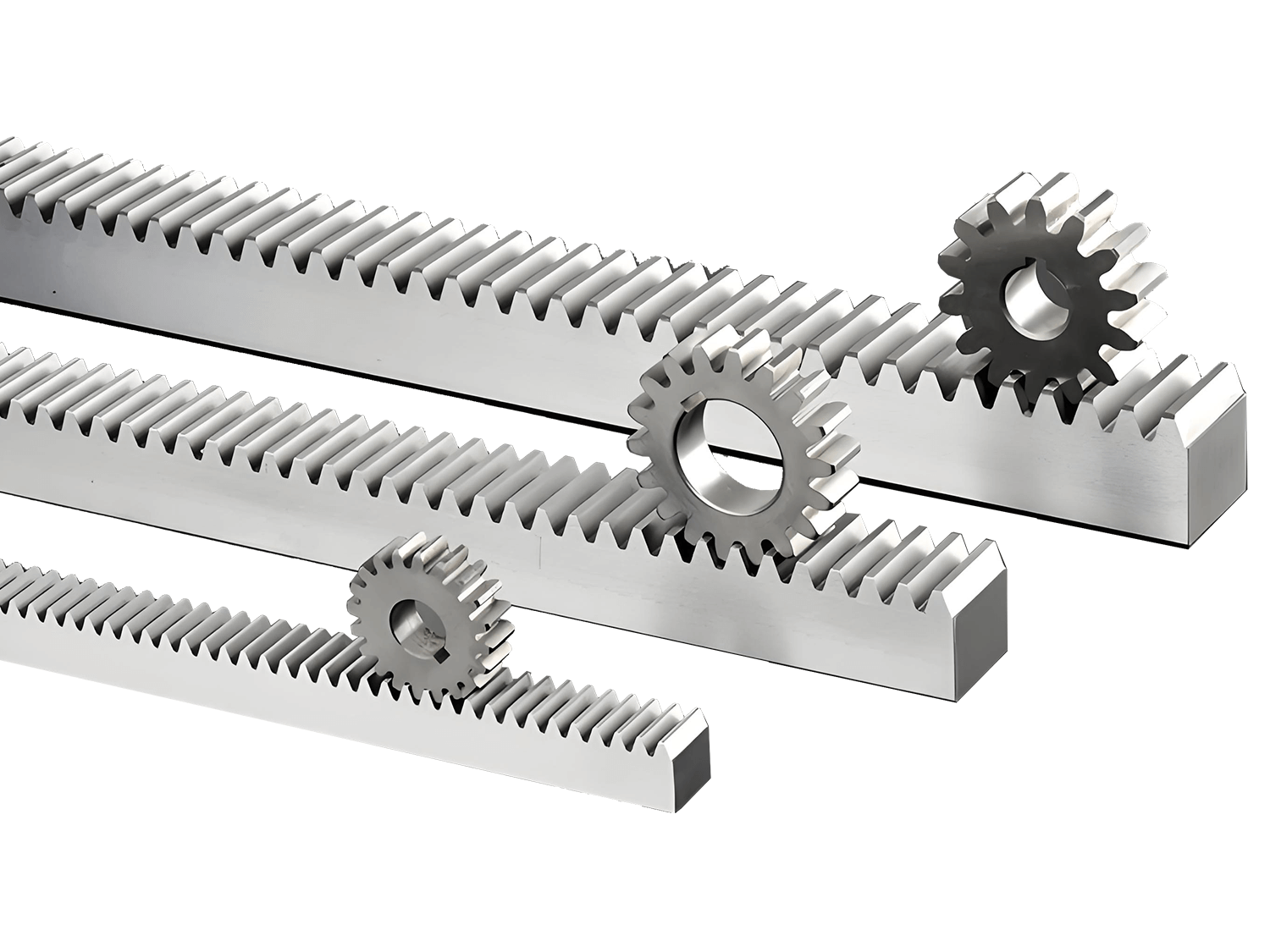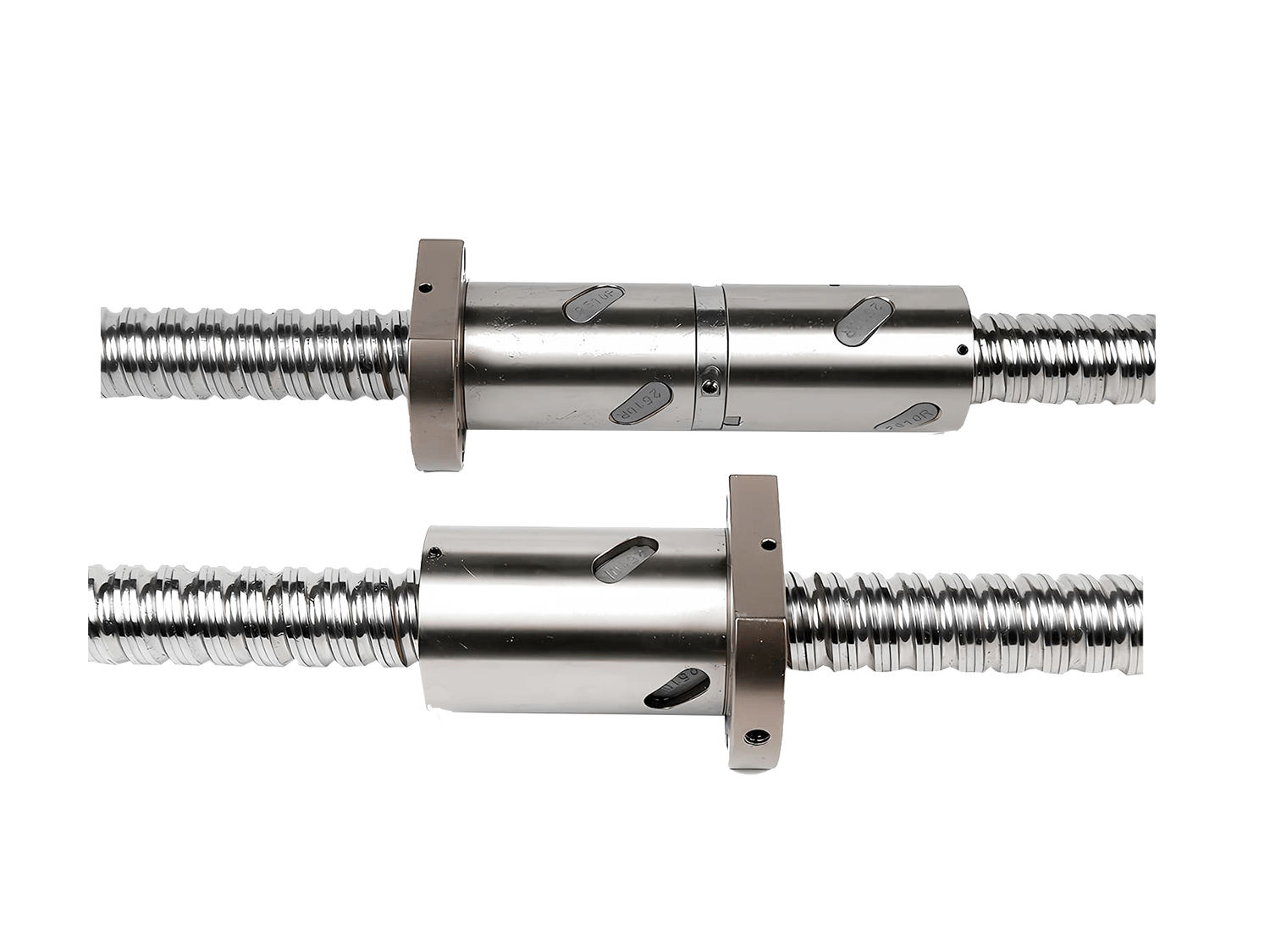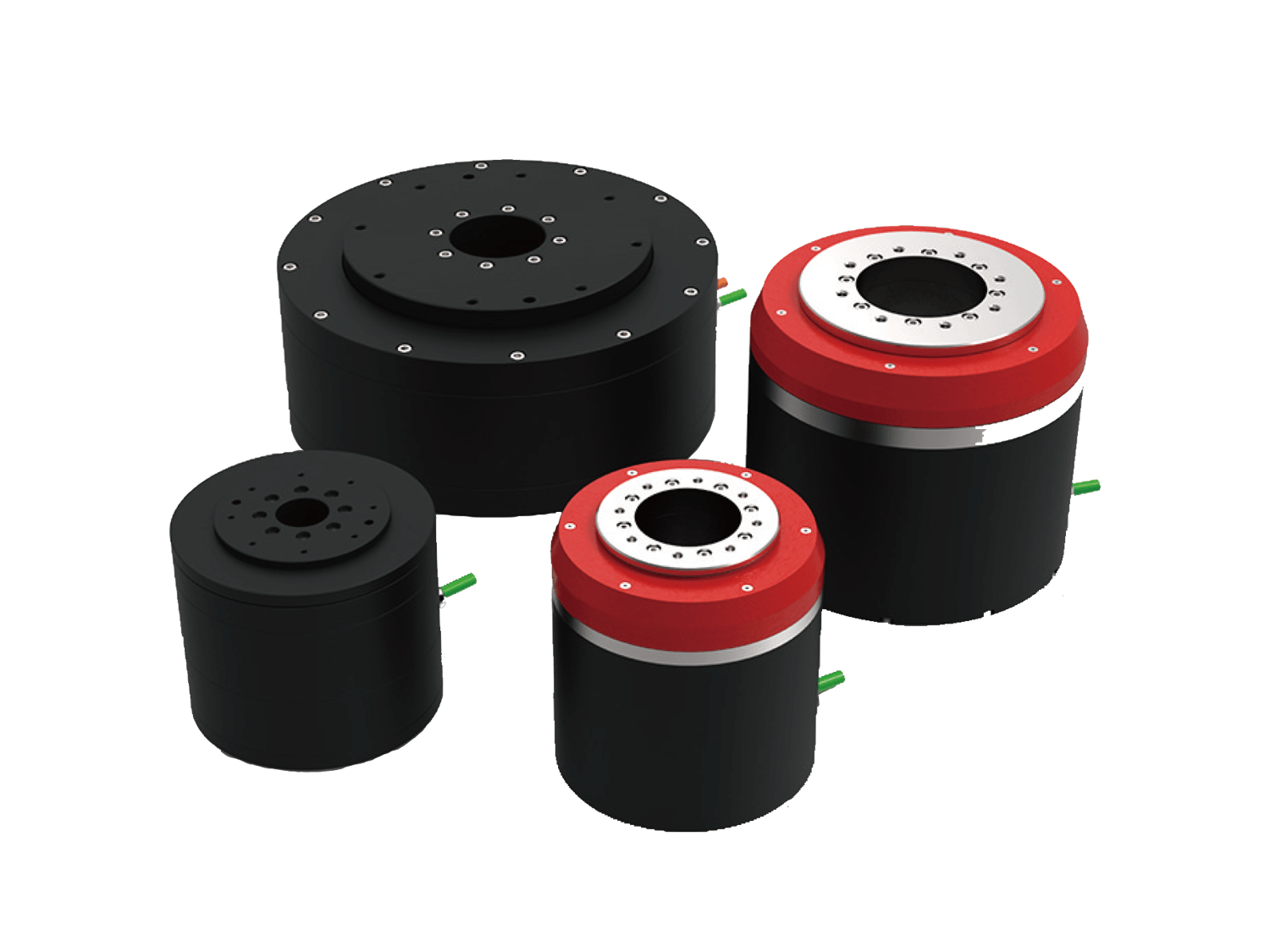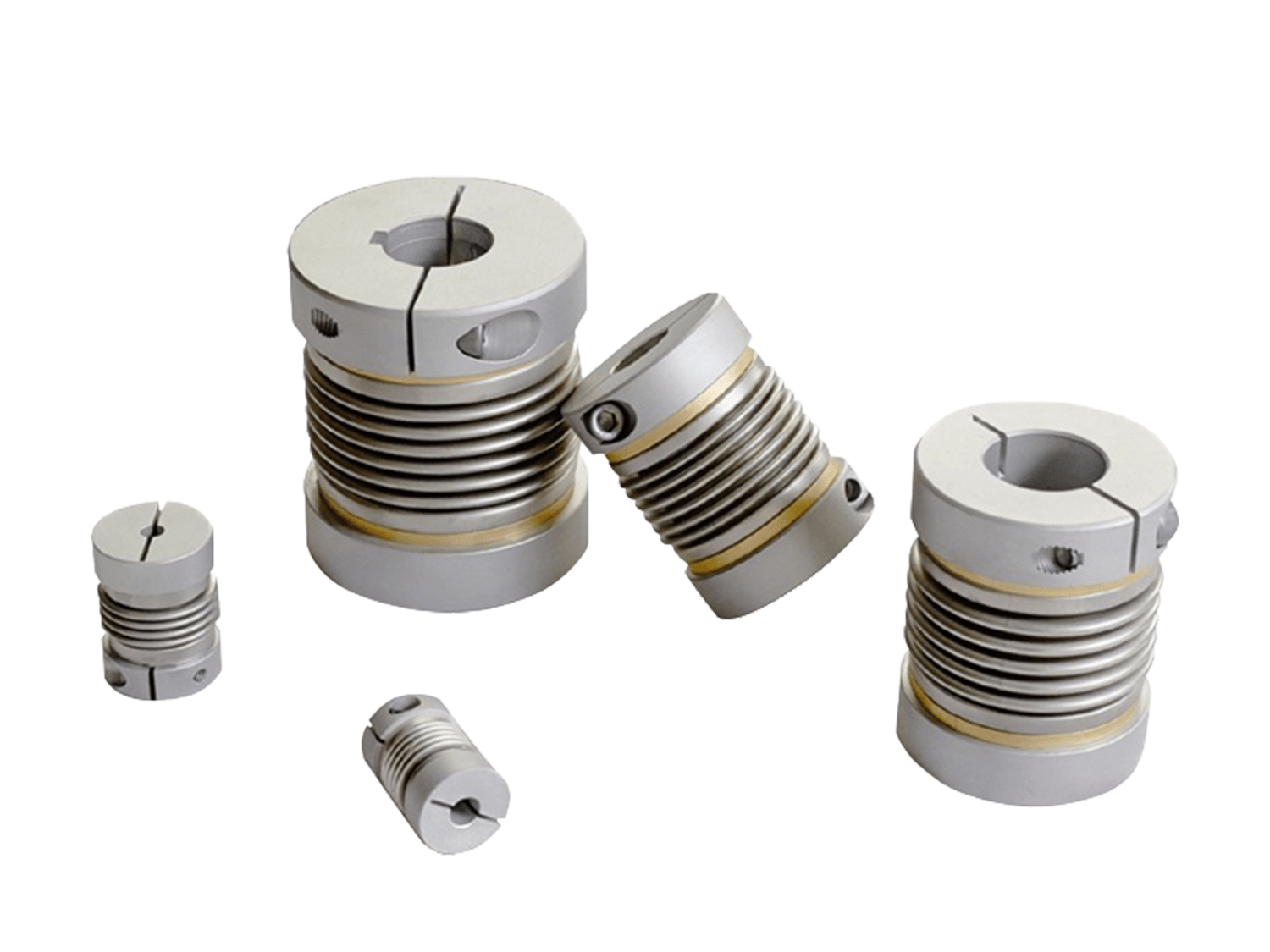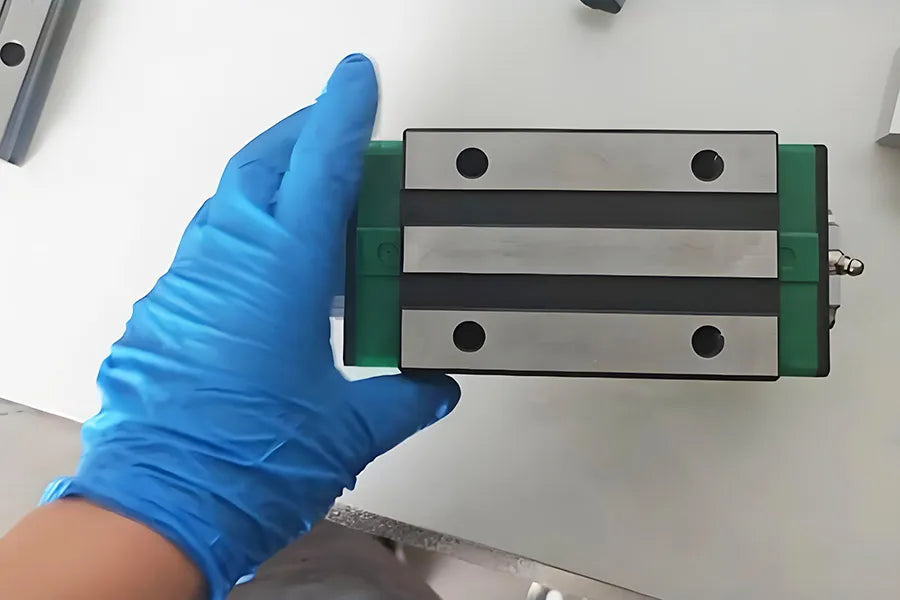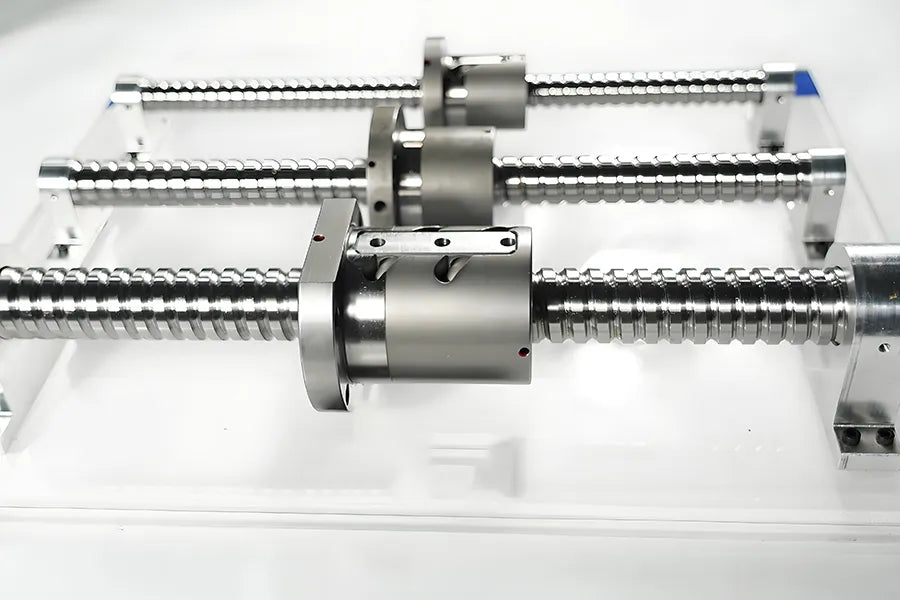As a high-precision and high-efficiency transmission element, ball screws are widely used in CNC machine tools, automation equipment, medical instruments and other occasions that require extremely high motion accuracy. However, under long-term operation or improper maintenance, its accuracy may gradually decrease, which may seriously affect the overall performance and processing quality of the equipment.
This article will deeply analyze the common reasons for the reduction of ball screw accuracy to help engineers and users better understand, prevent and maintain the service life and accuracy performance of ball screws.
1. Precision Reduction Caused by Wear
1.1 Raceway Wear
The core working principle of the ball screw is to achieve low-friction and high-efficiency transmission through the rolling of the ball between the nut and the screw. Under long-term high-speed and high-load operation, microscopic metal fatigue and wear will occur between the ball and the raceway.
Manifestations:
Increased axial clearance
Reduced repeat positioning accuracy
Increased backlash error
1.2 Ball Wear
As a rolling medium, the ball will also wear due to insufficient lubrication, excessive load or contaminants, resulting in uneven rolling or out-of-round.
Impact:
Less stability of screw drive
Stick-slip phenomenon
2. Poor lubrication or lubrication failure
Lubrication is essential for ball screws. Lack of lubrication will cause direct metal contact, increased wear, heat accumulation, and thermal deformation, affecting accuracy.
- Common problems include
Use of inappropriate lubricating oil or grease
Lubricating oil drying up or deterioration (such as oxidation by high temperature)
Improper lubrication system design (such as insufficient oil supply or uneven distribution)
- Recommendations
Use lubricants recommended by the manufacturer
Check the lubrication status regularly and replenish or replace when necessary
It is recommended to install an automatic lubrication system
3. Intrusion of pollutants
Once external dust, cutting fluid, coolant, water vapor and other pollutants invade the interior of the screw, they will accelerate the wear of the raceway and the ball, corrode the metal surface, and may block the ball circulation channel.
- Consequences of Contamination
Increased rolling resistance
Unsteady movement, vibration
Sudden change in accuracy (especially at certain stroke positions)
- Preventive Measures
Install dust cover (such as corrugated protective cover or metal cover)
Keep the working environment clean
Strictly prevent cutting fluid from penetrating
4. Loss of Accuracy Due to Improper Installation
If the ball screw is not centered during installation, the bearing is not preloaded, or the support structure is not rigid enough, the accuracy will be affected.
- Common Errors Include
Misalignment between the screw axis and the motor shaft
Excessive installation force, resulting in bending deformation
The nut seat or support seat is not firmly fixed
The installation is not repeatedly tested for stroke and positioning accuracy verification
- Results
Accuracy drift occurs in the initial use
Intensified mechanical vibration
Accelerated local fatigue damage of the raceway or ball
5. Overload Use
When the ball screw is operated beyond its rated axial load (especially dynamic load), it will cause microscopic plastic deformation of the raceway, damage its rolling surface structure, and even spalling.
- The manifestations of overload include
Abnormal increase in rolling sound
Increased operating temperature
Rapid decrease in accuracy, or even sudden failure
- Countermeasures
Accurately calculate the load and motion parameters, and select the ball screw of appropriate specifications
Add protection mechanisms (such as buffer devices) to systems with large operating load fluctuations
6. Thermal deformation effects
After long-term operation, the ball screw will undergo thermal expansion due to friction heat or external heat sources, resulting in changes in the axial length of the screw, affecting the positioning accuracy. This is especially obvious in high-speed movement or long-stroke screws.
- Performance
Regular deviations in processing dimensions
Poor positioning repeatability
Significant increase in temperature in the center area of the screw
- Countermeasures
Install a screw cooling system
Use a hollow screw for forced cooling
Optimize the screw material (such as using low-expansion alloys)
7. Expiration of Service Life or Fatigue Failure
Even under ideal operating conditions, ball screws have a limited service life. As fatigue accumulates in the raceway and balls, microcracks and pits gradually appear in the material, which ultimately makes it difficult to maintain accuracy.
- Features
Accuracy indicators (such as position error, repeatability) continue to decline
Rolling feel becomes rough
Metal peeling or pitting occurs on the surface
- Suggestions
Replace the lead screw regularly according to the number of strokes or usage time
Use sensors with early warning functions to monitor the lead screw status
Choose high-quality brands with long-life design
Conclusion
The accuracy of the ball screw is one of the key parameters affecting the performance of the equipment. Any slight loss of accuracy may cause processing errors, unstable operation, shortened equipment life and other problems. Through scientific maintenance, reasonable use and regular inspection, the life of the lead screw can be effectively extended to ensure long-term and efficient operation of the equipment.
